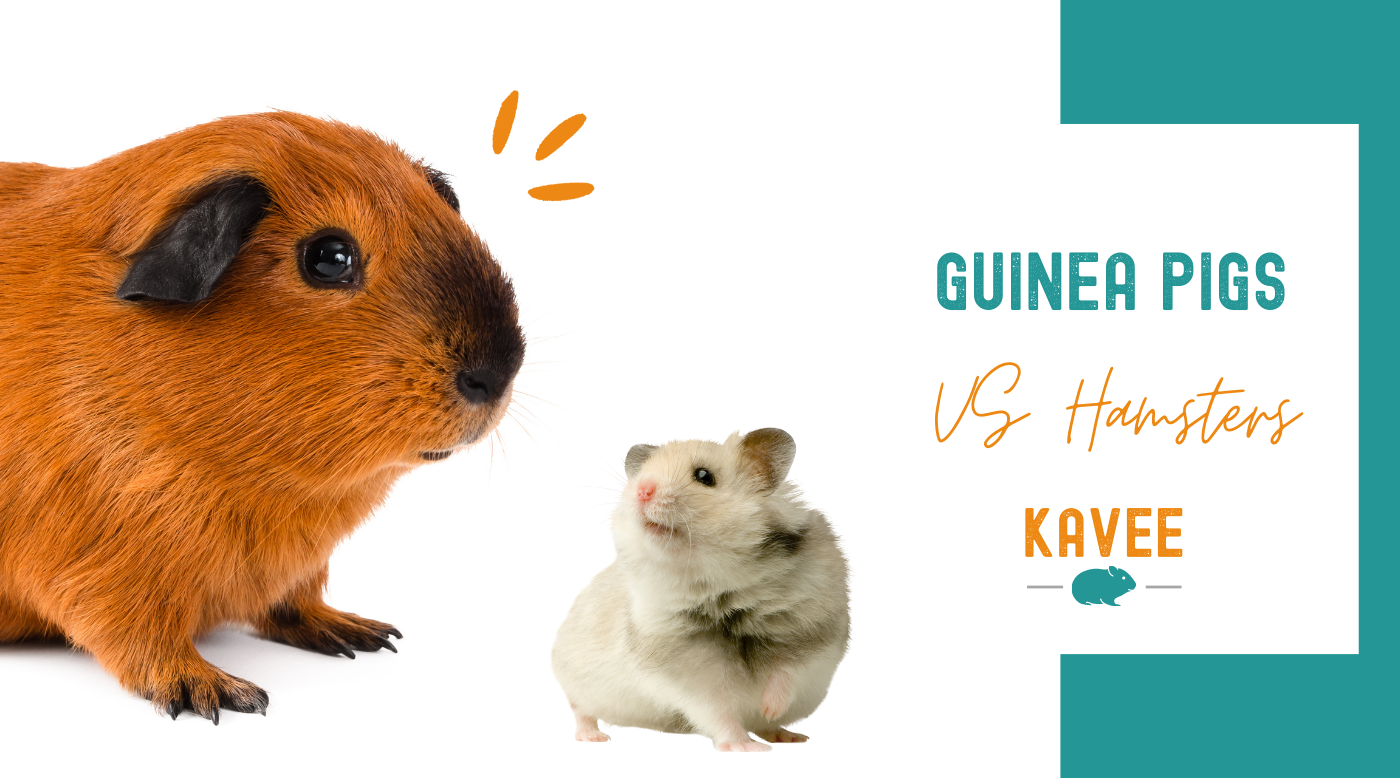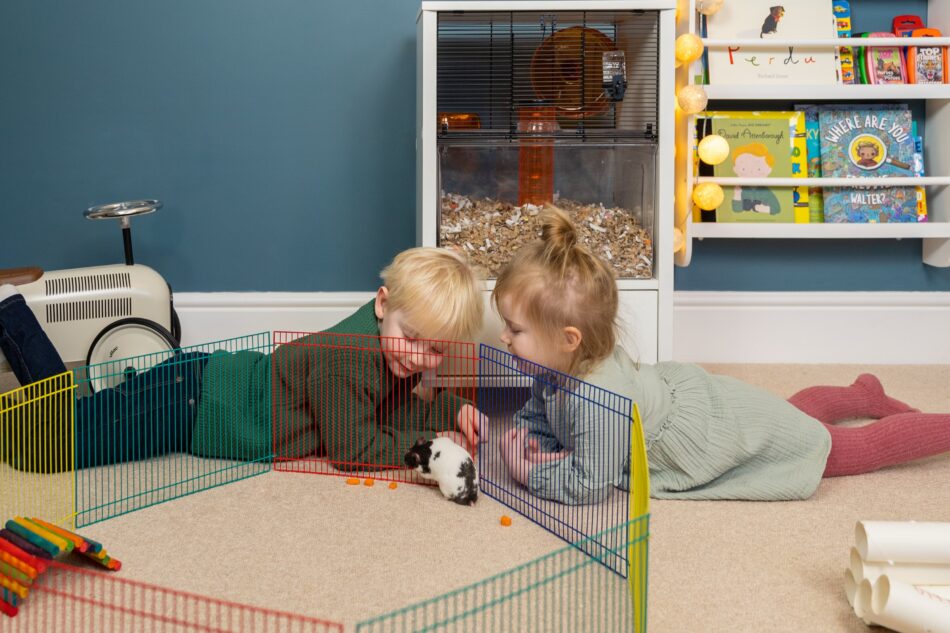Best Hamster Breeds for Teaching Children
When it comes to introducing children to the wonderful world of pets, **hamsters** are one of the ideal choices. Not only are they small and manageable, but they also provide valuable lessons about responsibility, empathy, and care. There are several breeds of hamsters that are particularly suited to children, each with unique characteristics. In this article, we will explore the top hamster breeds for teaching children, along with tips for their care and handling.
Understanding Different Hamster Breeds
Hamsters come in a variety of breeds, each possessing specific traits and needs. When choosing the best hamster for children, it’s essential to consider factors like temperament, size, and care requirements. Breeds such as the **Syrian hamster**, **Dwarf Campbells**, and **Roborovski hamster** are popular choices that can teach kids about animal care and companionship.
Syrian Hamster: The Gentle Giant
The **Syrian hamster** is arguably the most popular breed, especially for families with young children. These hamsters can grow up to 6 inches long and are known for their friendly and docile nature. Their gentle demeanor makes them easy to handle, reducing the likelihood of bites when properly managed. Kids can learn to create a suitable habitat and understand the significance of space and environmental enrichment. Teaching kids how to properly hold a Syrian hamster can also reinforce gentle handling practices and foster an emotional bond.

Dwarf Campbells: Small and Social
The **Dwarf Campbell’s hamster** is another excellent choice for children. These small hamsters typically grow 3-4 inches long and exhibit a curious nature. Known for their sociability, Dwarf Campbells thrive in pairs or small groups, making them a great option if children want to care for more than one. Teaching kids about the social habits of hamsters can create a captivating learning experience, fostering teamwork and cooperation as they observe their pets interact.
Caring for Hamsters: Key Responsibilities
Caring for hamsters involves learning various responsibilities, which can serve as great lessons for children. Setting a routine for feeding, cleaning, and checking on the health of the pet can cultivate a sense of responsibility. This section outlines the essential elements of hamster care.
Feeding and Nutrition
Hamsters require a balanced diet consisting primarily of high-quality hamster pellets. Additionally, offering fresh fruits and vegetables as treats can make feeding time educational and fun. Involving children in meal prep helps them understand nutrition and the importance of providing the right food. For example, kids might enjoy selecting the right veggies and discussing which ones are safe or nutritious for their furry friends.
Habitat Maintenance
Maintaining a clean and safe habitat is crucial for a hamster’s well-being. Teaching children how to clean the cage, provide fresh bedding, and ensure a spacious environment can highlight the importance of hygiene in pet care. Regular cage maintenance not only benefits the hamster but also instills discipline and a sense of responsibility in children. This can include setting up a schedule for cleaning, ensuring tasks are shared among family members, and discussing interesting facts about hamster habitats in the wild.
Handling Hamsters: Building Trust and Confidence
Proper handling of hamsters is crucial for forming a bond. Teaching children the right way to pick up and interact with their pet fosters both trust and confidence. This hands-on approach allows them to experience the joy of pet companionship.
Safe Handling Techniques
To safely handle a hamster, children should learn to scoop the hamster gently with both hands. This helps avoid dropping and startling the pet. Children should also understand the signs of stress in hamsters, such as hiding or nipping, and refrain from excessive handling during such times. Providing hands-on demonstrations on safe handling will enable children to confidently interact with their pets while prioritizing their safety and comfort.
Bonding Activities
Engaging in bonding activities, such as letting the hamster roam in a secure area or allowing them to explore a maze, provides opportunities for lightweight, enjoyable interactions. Activities like these can foster a deeper connection between children and hamsters and teach them about understanding an animal’s behavior. Simple training exercises using treats can also be fun for kids, reinforcing a positive learning atmosphere.
Challenges and Considerations
While hamsters can be lovely companions, it is essential to discuss some challenges that may arise. Preparing children for these potential hurdles ensures a smoother pet ownership experience.
Behavioral Issues
Occasionally, hamsters might exhibit some behavioral issues, especially if they feel threatened or stressed. Teaching children about a hamster’s body language helps them recognize when their pet is comfortable or may need space. Ensuring kids are mindful and patient promotes a gentle approach to bonding, teaching them the importance of empathy in interactions with animals.
Health Concerns
Like any pet, hamsters can face health issues. Introducing children to basic signs of illness, such as lethargy or unusual eating habits, builds awareness and responsibility. Emphasizing regular vet checks when necessary can further deepen their understanding of hamster care and well-being.
Key Takeaways
- Syrian and Dwarf Campbell’s hamsters are excellent options for children.
- Regular feeding and habitat maintenance teach valuable responsibility skills.
- Safe handling techniques help build trust and confidence in young pet owners.
- Understanding potential challenges fosters empathy and awareness in caring for pets.
FAQ
1. What is the best hamster breed for young children?
The **Syrian hamster** is often considered the best option for young children due to its docile personality and ease of handling. Their larger size makes them less delicate and more resilient during playtime, providing a more approachable experience for kids.
2. How can children learn to care for their hamsters effectively?
Children can learn to care for hamsters effectively by setting up a regular feeding and cleaning schedule, involving them in picking out safe foods, and understanding the importance of creating a spacious, clean habitat. This hands-on experience is crucial for teaching responsibility.
3. Are Dwarf hamsters suitable for children?
Yes, **Dwarf Campbell’s hamsters** are also suitable for children. They are small, sociable, and energetic, providing plenty of interaction opportunities. However, it’s essential to guide children on proper handling, especially since they are smaller and can be more delicate than Syrian hamsters.
4. How can I teach my child to handle a hamster safely?
To teach your child to handle a hamster safely, start by demonstrating the proper scooping technique with both hands. Encourage them to be gentle and calm when approaching or holding the pet to avoid stress. Regular practice will help build children’s confidence and the hamster’s trust.
5. What should I do if my hamster shows signs of stress?
If your hamster shows signs of stress, it’s essential to give them some space and reduce handling until they feel comfortable again. Educating children on recognizing these signs, like hiding or nipping, promotes empathy and helps them understand when to back off.
